Article written by Emine Saner
Originally published by the Guardian (Wed, Dec 27, 2023)
Do you know what a cat really means when they hiss at you? Behaviourists and vets reveal the many secrets of our feline friends.
As a species, humans are fairly obsessed with cats. This is, of course, (probably) because they are controlling us (see below). From the ancient Egyptians to everyone who has ever clicked on a cat video on the internet, we are drawn to our feline overlords.
Leonardo da Vinci, who would know about such things, is said to have described them as “a masterpiece”. There is a thrill in something so cute and loving also being a potential psychopath. Our cat, Noodles, has only been with us for a month. I’m slightly scared of him – sometimes I wake with a jolt in the middle of the night and his staring face is barely centimetres from mine.
Judy Melinek, a forensic pathologist, wrote in her book that a pet dog will sit faithfully by its owner’s dead body, but a cat “will eat you right away, with no qualms at all. I’ve seen the result.” Many cat owners will find this unbelievable. By day, Noodles is funny and loving, although it’s true that I have no idea what he’s thinking.
Cats are enigmatic and unknowable, but here are some facts that might allow you a tiny glimpse into their strange lives.
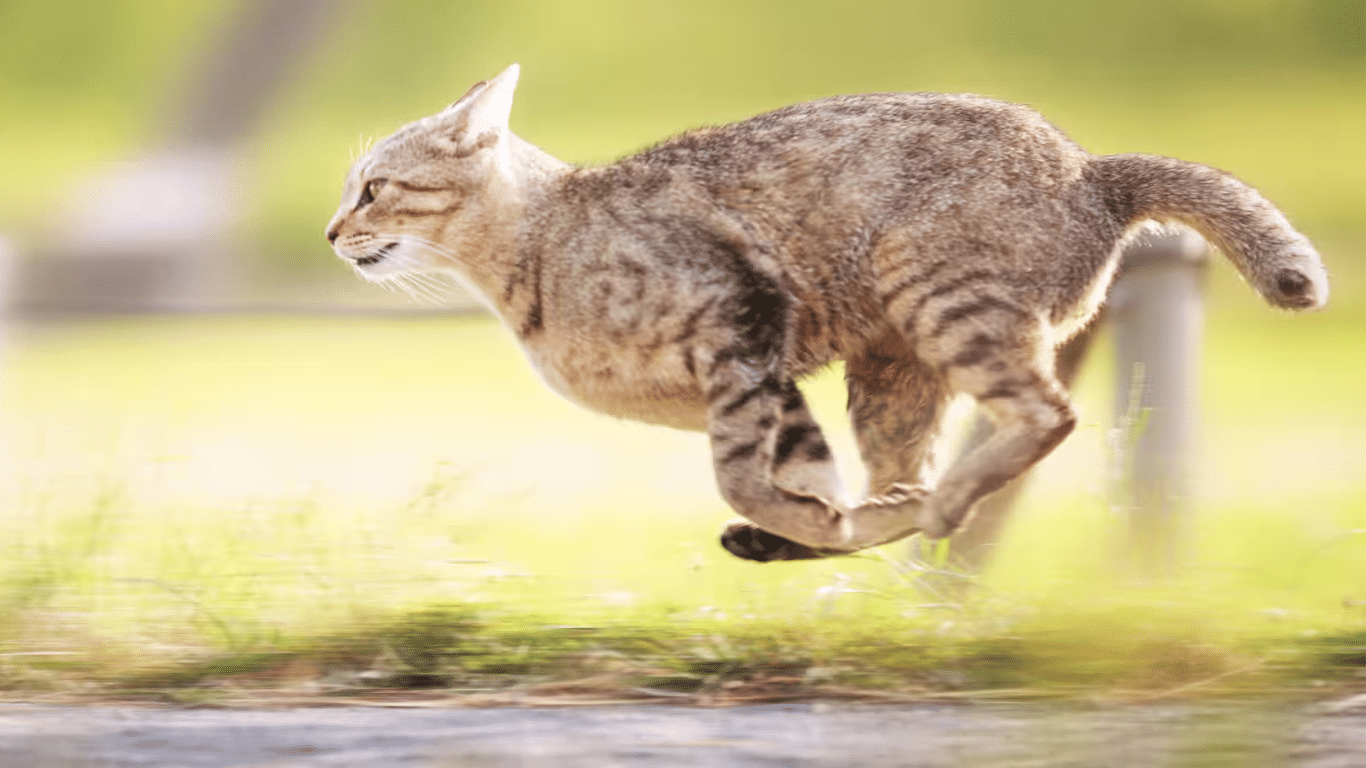
What is their tail telling you?
Lucy Hoile, a cat behaviourist and author of The Book Your Cat Wishes You Would Read, says a friendly cat will tend to approach you with “a ‘question mark’ tail. The tail is held up with a curl at the top, making a question mark shape.”
Cats purr for different reasons
We might assume they’re purring because they’re content, but it could be that they want something – food or attention – or even that they’re in pain. You can try to get to know your cat’s purr, says Hoile. “If they want something from you, then the purring would be quite high-pitched and urgent. Whereas if they’re happy, then it would be a low-frequency, rhythmic purr.”
Confusingly, a pain-related purr is similar, she says. They purr “because they’re trying to stimulate healing”. Studies have shown that this is a self-healing process, and can improve bone density. It might be more low-frequency and slower than a contented purr, and you can look for other signs that your cat is in pain. “For example, their eyes are often narrowed, or they’re hunched over, and their ears can turn backwards so you can see the back of the ear from the front, just slightly.”
Cats are masters of mind control
Rodents infected with the parasite Toxoplasma gondii, which reproduces in the gut of cats, lose their fear of cats. Even after an infection is cleared, their brain has been permanently rewired, which obviously doesn’t bode well for that particular rat or mouse. Could cats be controlling humans, too?
A third of humans are thought to have been infected with T gondii (though this is more likely to have come from raw and undercooked meat and unwashed vegetables than from cats). It can be serious – it’s why pregnant women are advised against handling litter trays – and there has been a suggestion that in some humans, it can increase the risk of developing schizophrenia and psychosis.
It is thought to increase the neurotransmitter dopamine, and while there isn’t evidence to back up the popular idea that a toxoplasmosis infection makes us, like rodents, attracted to cats, I wouldn’t put it past the evil geniuses.
Cats are very fast
They can run up to 30mph. “They are extremely agile, show quick bursts of speed and have the ability to change direction rapidly. This means that cats are remarkably efficient and can outmanoeuvre humans easily,” says Anita Kelsey, a cat behaviourist and author of Let’s Talk About Cats.
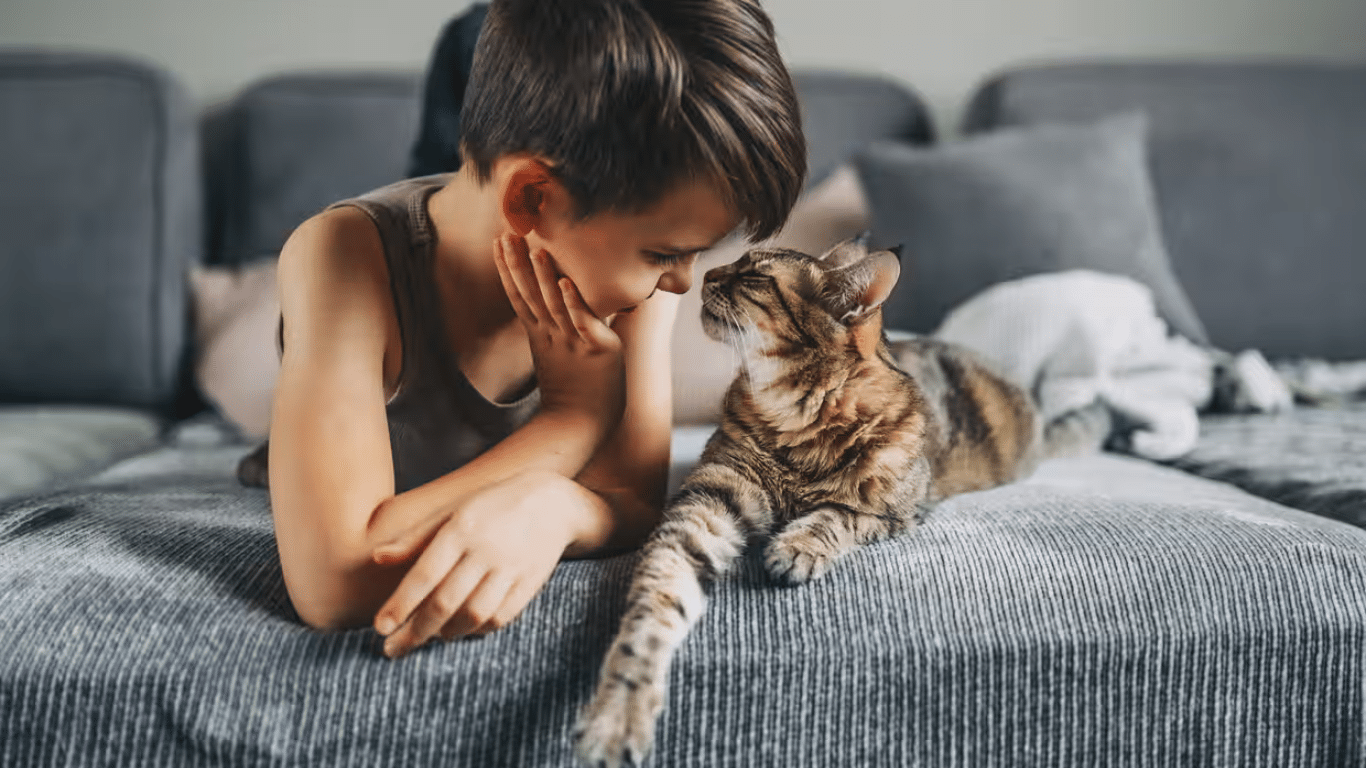
They’re both predator and prey
This is where their speed is vital. Evolution-wise, cats have evolved predator and prey instincts. “They’re geared towards keeping themselves safe, mainly choosing flight over fight,” says Hoile. As predators, they’re efficient, to the horror of many – cats, when introduced, have caused extinctions of native species.
Hissing is a warning sign
Because most cats would rather flee than attack, “When a cat hisses, they’re not saying they want to hurt you, they’re trying to get you to move away,” says Hoile. “It’s their way of avoiding an attack. It’s a warning, as if to say: ‘I will attack you if you come any closer, but I don’t actually want to.’ It’s not the cat being horrible, it’s the cat being nice.”
Cats can have mental health problems
Like us, some cats are prone to anxiety. In cats, it’s called Pandora syndrome, “which is similar to anxiety in humans, like an abnormal stress response”, says Ellie Lee, a vet and the owner of the Manchester Cat Clinic. “It can have physical effects on their body. For example, they can get a type of cystitis that’s not caused by bacteria, but by stress and inflammation in their bladder.”
As a species, they are flexible. As individuals, not so much
Like humans, the idea of a cat being aloof and content in its own company may only apply to some. “Cats can live in lots of different social situations: in groups of cats, or in our houses with any other species that we have,” says Hoile. “But not every cat is capable of living in every situation. As a species, they’re quite flexible in terms of what their social requirements are, but as an individual they have their own preferences.” Lee adds that an anxious cat can find multi-cat households intolerable: “It can cause them a lot of stress and they’re much better being on their own.”
You can give dog blood to a cat – but only once
If a cat needs an emergency blood transfusion, donated blood from dogs can be used, but only a single time. “They develop antibodies against the blood,” says Lee, so if it is used a second time, cats can have a fatal reaction. It’s hard to get donated cat blood, she adds. “There is a blood bank for dogs, but with cats, you have to take quite a lot off them and we have to sedate them to do it, so people are not queueing up to donate their cat’s blood. It’s quite a big ordeal for them to go through.”
Cats can smell through their mouths
“They’ve got this organ in the roof of their mouth called the Jacobson’s organ,” says Lee. “If you’ve ever seen a cat pull that funny face where they lift their lip up and look a bit like they’re smiling, they’re sucking a bit of air into this organ to analyse unusual smells.”
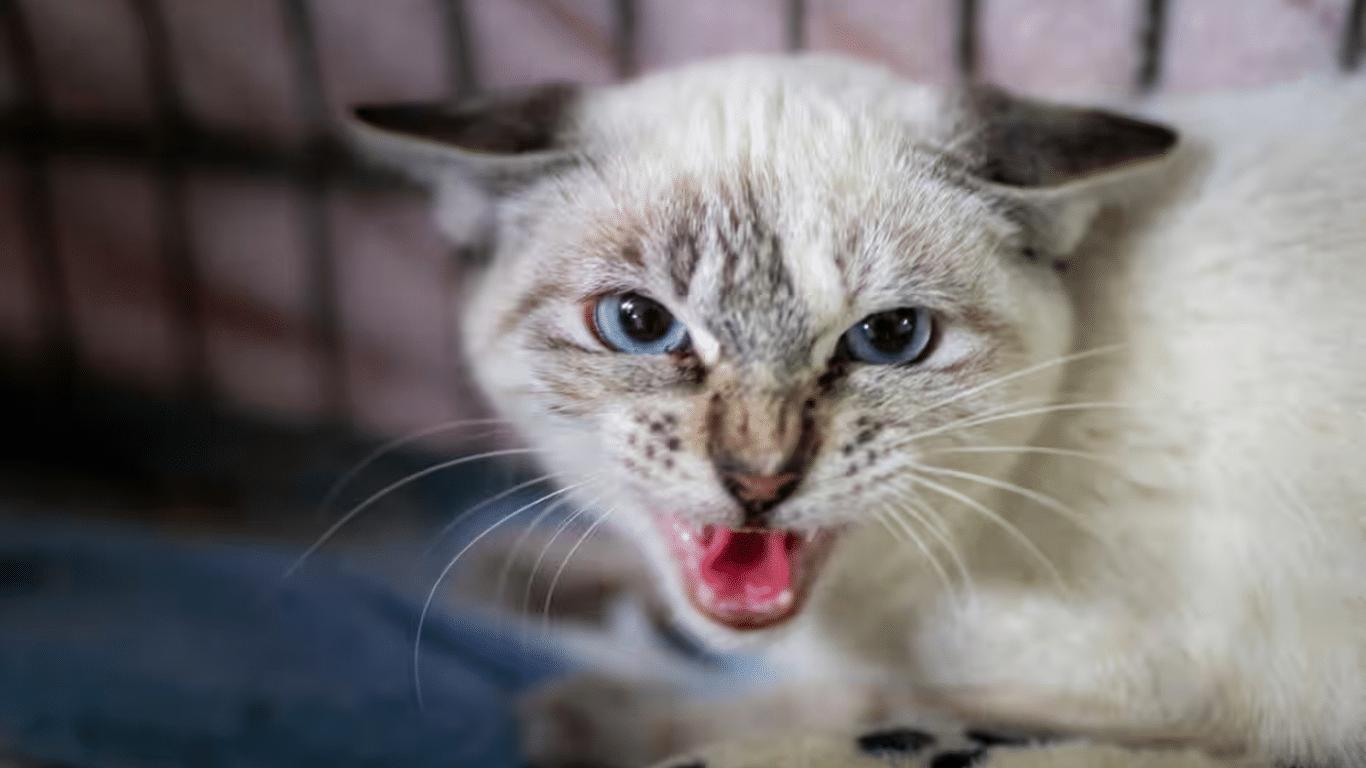
Cats aren’t very good at climbing down
There’s a reason cats tend to get stuck up trees. It’s because of their claws, which are, says Kelsey, “curved one way only, making going up easy, to hold on to and hook the claws into the object being climbed”. But it makes getting down the same way difficult. “Most cats will then panic and stay put, waiting to be rescued.” They would be able to get down, she says, if they could work out they could “descend bottom-first”.
Their whiskers are not normal hairs
“We call them tactile vibrissae,” says Lee. “The follicle where the hair comes out has loads of nerve endings, so they’re really sensitive, a bit like your fingertips. You should never cut a cat’s whiskers because they use them for feeling things in their environment, even the airflow.”
It is one reason that wide, shallow food and water bowls are recommended. In narrower bowls, “they can get this thing called whisker fatigue, where their whiskers are tickling the edge of the bowl and it can be irritating for them”.
Cats have another set of whiskers
Look for the set on the backs of their front legs, known as carpal whiskers. “They give important sensory feedback to the cat in terms of prey: what is needed to catch and bring the prey under control to kill,” says Kelsey.
Their paws are multipurpose
Cats sweat through their paws, says Kelsey. “They have small sweat glands between their toes, although the main way cats cool themselves down is by licking themselves, panting and finding cool places to lie beneath or on top of.”
Their paws also have scent glands, says Hoile. “So when they’re scratching furniture, they’re often marking their territory by leaving their scent behind.” She recommends watching where they choose, which might be the sofa or furniture by the back door, and putting a scratch post there. “They can mark where they want to but on an appropriate surface.”
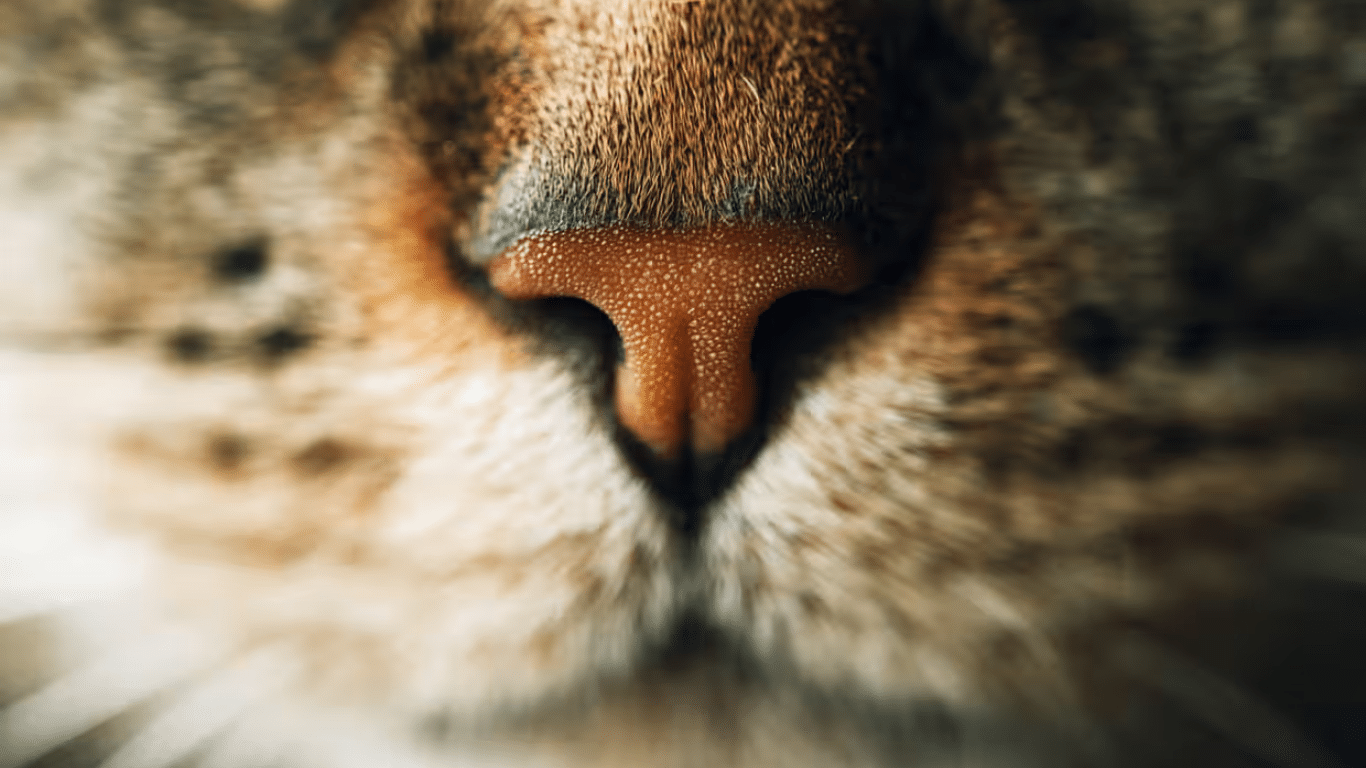
Behold, in horror, the cat penis
“A cat’s penis is covered in spiky barbs,” says Hoile. This stimulates the female to ovulate after mating. This is why you won’t notice your unneutered female cat having a “period”, in the way a dog goes into heat, because they only ovulate if they’ve mated. It’s a fascinating evolutionary process, if also alarming. “That’s one of the reasons we encourage people to neuter their cats – mating is not a very nice experience for female cats, because it’s very physically painful,” says Lee.
A question I never thought I’d ask: if you have a male cat, are you ever likely to be troubled by his penis? No, says Hoile – they’re very small and tucked away. And if your male cat is neutered, says Lee, his “penis spikes do fall off”.
Cats hunt alone
Even if they live with other cats. Their reputation for selfishness is not unearned. “Unless they’re providing for kittens, they don’t share what they catch,” says Hoile. “They’re not like lions, which hunt down things as a pack. They tend to take their prey off by themselves.”
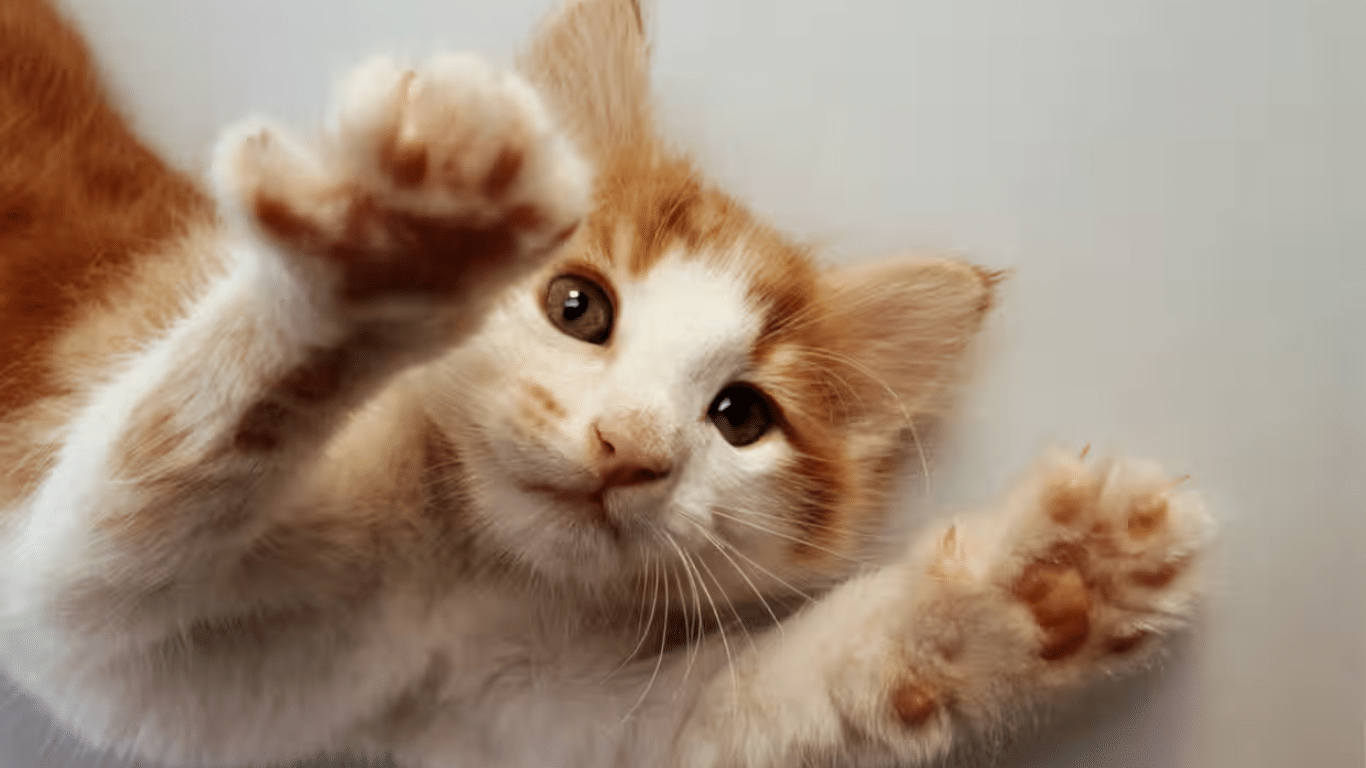
Cats do not have a collarbone like humans
It’s why they’re so flexible and agile, and us humans (and other animals) are not. “Cats are highly skilled climbers and jumpers,” says Kelsey, “and the absence of rigid collarbones allows for a greater range of motion in their front limbs.”
Add ‘primordial pouch’ to your vocabulary
Some cats get a saggy tummy, says Lee, “and it’s just where they’ve got some fat pads in their groin. It’s also called a primordial pouch, and gets a bit bigger due to weight gain. Domestic cats are likely to be a bit more chunky than wild cats.” At this time of year, you may be familiar with your own primordial pouch.
Your cat is talking to you
Miaowing, says Lee, is “not something that they commonly do at each other. I have heard that cats mainly miaow at humans, and it’s something they’ve learned to do.” Cats who live together tend not to communicate in this way, and neither do feral cats in the presence of humans, which suggests it’s something pet cats have learned grabs our attention.
One study found that when a cat purrs when it wants something – food, mainly – it contains a high-frequency component reminiscent of a human baby’s cry, which exploits “sensory biases that humans have for providing care”. And that’s why they’re in charge.
Banner credit: Westend61/Getty Images

